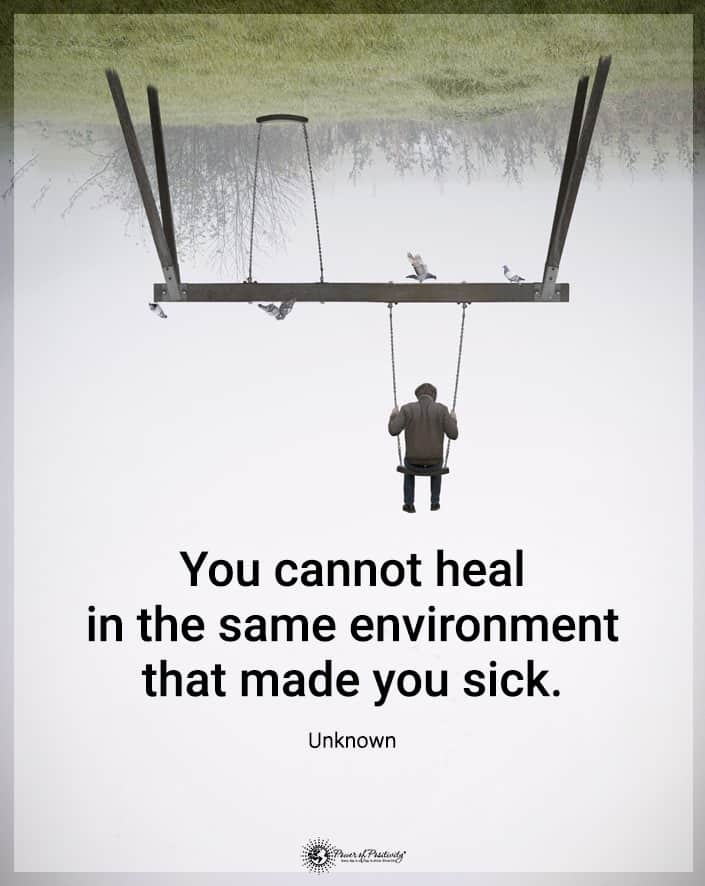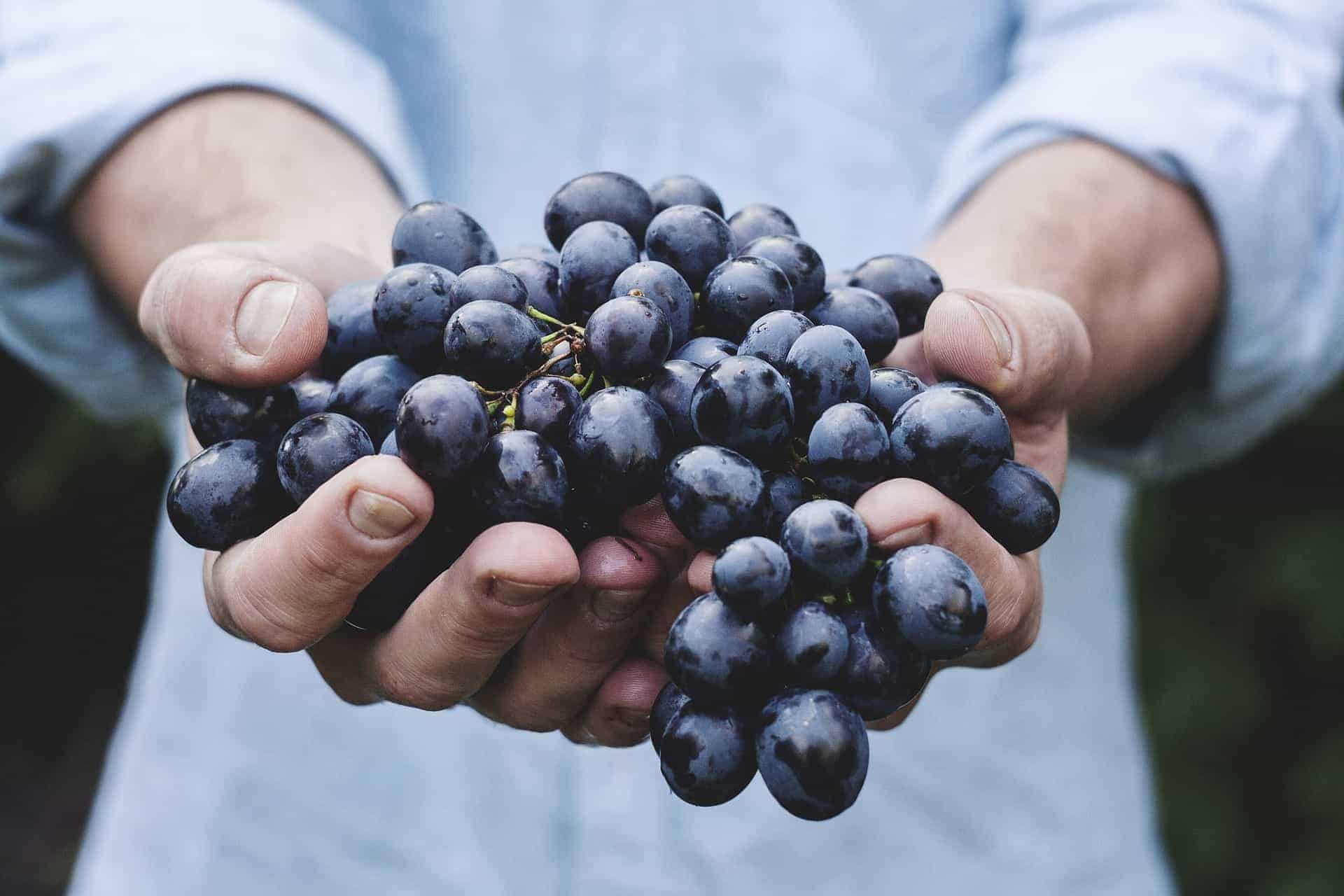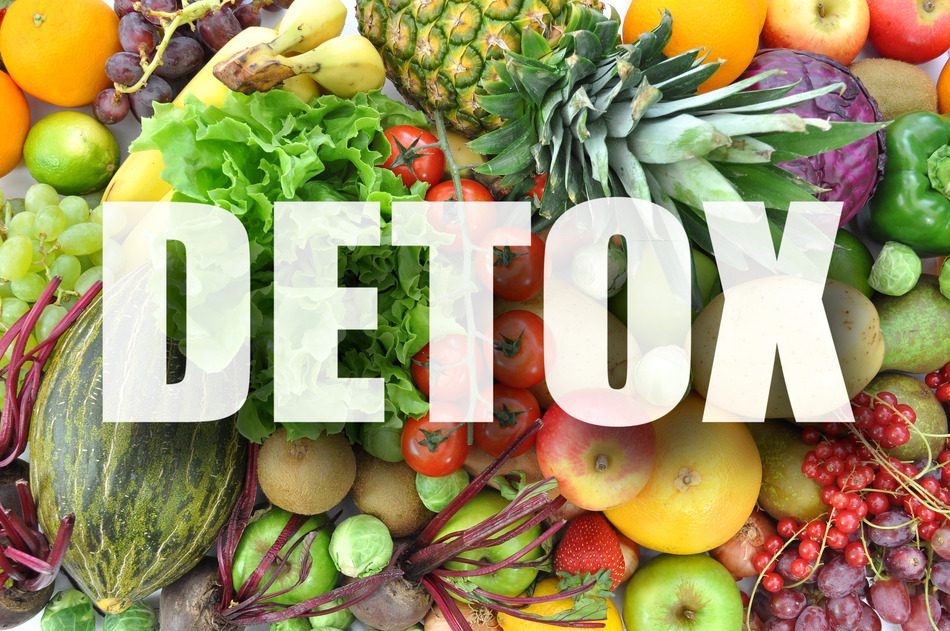Have you ever heard of thiabendazole? (“Oh, of course,” said no one.) This thiabendazole is a fungicide, pesticide, and parasiticide; it kills fungi, pesticides, and parasites. Oh, and it’s on your fruit and veggies. Isn’t that delightful?
It’s also one of the chemicals tested in the study we will talk about. Now, pesticides are essential in preserving food; without them, all of the fruits and veg at your local grocer (besides organic products) would be less than safe to eat. Wouldn’t want that now, would we?
Of course not. But we sure don’t want random chemicals on our food when we eat it, correct? So what do we do? Let’s get into that a little bit.
If you’re like most, you splash water on your apple, pear, peach, or whatever before digging in. To your (and mine’s) credit, a quick rinse is better than doing nothing – but not by much.
That’s because pesticides are a pain in the butt to clean off, as you will discover shortly.
The Dangers of Pesticides to People and the Environment
Pesticides are chemicals. The agriculture industry uses them to control pests and diseases that can harm crops. While they can effectively increase yields and prevent crop losses, pesticides pose several dangers to human health and the environment. Here are eleven potential dangers of pesticides on your fruit and vegetables:

1. Health risks of pesticides:
Pesticides have harmful effects on human health. In extreme cases, these chemicals can cause skin and eye irritation, headaches, nausea, vomiting, diarrhea, and even death. Prolonged exposure can lead to chronic health problems such as cancer, congenital disabilities, neurological disorders, and reproductive problems.
2. Environmental damage:
Pesticides can also have harmful effects on the environment. They can contaminate soil, water, and air, leading to the destruction of habitats and the loss of biodiversity. Pesticides can also poison beneficial insects, birds, and other animals, disrupting the balance of ecosystems.
3. Pesticides leave esidue on food:
The chemicals can leave residue on fruits and vegetables even after they are washed or peeled. These residues can be toxic and accumulate in the body over time, leading to long-term health problems. Keep reading–we will shortly share the research on how to remove them.
4. Antibiotic resistance:
Some formulas contain antibiotics that might contribute to the development of antibiotic-resisting bacteria, making it more difficult to treat infections in humans.
5. Pesticides may harm farmers:
Farmers who work with chemicals are at risk of exposure and can suffer from acute and chronic health problems. They may also be at risk of developing respiratory problems, skin disorders, and other occupational hazards.
6. Contamination of groundwater:
Pesticides can seep into groundwater and contaminate water supplies. That can pose a significant health risk to humans and animals that depend on these water sources.
7. Toxicity to non-target organisms:
Pesticides kill pests. But they can also harm non-target organisms such as bees, butterflies, birds, and small mammals. They can have a ripple effect on the entire ecosystem.
8. Soil degradation:
The chemicals can harm beneficial microorganisms in the soil, leading to soil degradation and reduced soil fertility. This can result in lower crop yields and the need for even more pesticides to maintain productivity.
9. Chemical resistance:
Pests can develop resistance to pesticides over time, making them less effective in controlling pest populations. They can lead to the need for even more potent pesticides, which can harm human and environmental health.
10. Human error:
Improper handling and application of these potent chemicals can lead to accidents, spills, and other incidents that can harm people and the environment. It can also lead to the contamination of food and water supplies.
11. Regulatory loopholes:
Some pesticides may be approved for use even though they have never been tested for their effects on humanity and the environment. That can lead to the widespread use of potentially dangerous chemicals that could have unforeseen consequences.
While pesticides can be beneficial in the short term for crop protection, their long-term effects can pose significant dangers to human health and the environment. It is essential to use pesticides judiciously and explore alternative methods of pest control that minimize their risks.

Here’s how to get pesticides off your fruit:
“While various baking powders were sold in the first half of the 19th century, the modern variants in use today were discovered by Alfred Bird in 1843. August Oetker, a German pharmacist, made baking powder very popular when he began selling his mixture to housewives.” ~ Wikipedia
The Study
A group of scientists from the Department of Food Science and the Department of Veterinary and Animal Sciences at the University of Massachusetts-Amherst wanted to see how helpful various washing agents were in removing pesticides. To find this out, the research team chose perhaps the most commonly-eaten fruit – an apple.
To test the washing agents efficiency, scientists used state-of-the-art mapping and spectrometry imaging to measure pesticide levels before and after cleaning. The three cleaning methods used were Clorox bleach, plain tap water, and baking soda.
Bleach
The research team tested Clorox first. It is worth bearing in mind that Clorox bleach “is approved in the US to treat newly picked fruits and vegetables before they are sold to consumers” by the Environmental Protection Agency (EPA).
We would like to think that if the EPA approved the use of Clorox bleach to eradicate pesticides, it must be effective! We would be wrong, sadly.
Here’s what the research team said: “…the standard postharvest washing method using Clorox bleach solution for 2 (minutes) is not an effective means to completely remove pesticide resides on the surface of apples.”
(Anybody else troubled by the EPA’s decision to greenlight a product that doesn’t work to clean our food?)
Tap water
Tap water, of course, didn’t work. In fact, the tap water was removed next to nothing.
That leaves sodium bicarbonate (‘baking soda’ or NaHCO3): “Surface pesticide residues were most effectively removed by sodium bicarbonate solution when compared to either tap water or Clorox bleach,” the team notes.
Scientists found that soaking apples in a solution of one percent baking soda and water for eight minutes had significantly reduced pesticide levels. After 12 to 15 minutes, pesticides were almost entirely gone from the fruit’s surface.
For comprehensive results, the research team tested the three agents against two types of pesticides: systemic and non-systemic. Systemic pesticides penetrate the food’s outer layer, sometimes circulating throughout the crop or plant. Non-systemic pesticides do not penetrate the food’s surface – in this case, the apple peel.
Baking soda
In both cases, baking soda proved capable. Mapping and spectrometry readouts show that the water and sodium bicarbonate mixture eliminated over 96 percent of the non-systemic pesticide and 80 percent of the systemic pesticide. Further, all of the remaining chemical residues were below the peel, something that no surface-level washing agent can clean.
The team notes, “Peeling is more effective to remove the penetrated pesticides.” However, this method comes at a slight cost, as you also remove healthy bioactive compounds (e.g., polyphenolic compounds, fibers, pigments, vitamins, and minerals) from the fruit.
Final Thoughts on Removing Pesticides From Fruits and Vegetables Before Consumption
cleaning your fruits and veggies correctly, even with a sprinkle of baking soda and a two-minute rinse, can eradicate most of the nasty surface-level pesticides. Peeling the apple will do the trick if you want to go pesticide-free. Better yet, choose organic fruits to eliminate the need for all this extra effort!




















